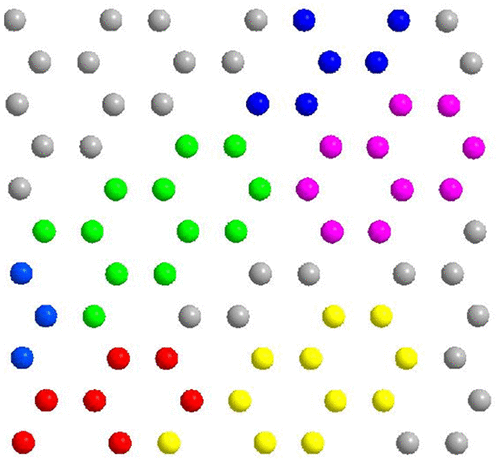当前位置:
X-MOL 学术
›
ACS Catal.
›
论文详情
Our official English website, www.x-mol.net, welcomes your feedback! (Note: you will need to create a separate account there.)
Materials Electrochemists’ Never-Ending Quest for Efficient Electrocatalysts: The Devil Is in the Impurities
ACS Catalysis ( IF 12.9 ) Pub Date : 2020-06-16 , DOI: 10.1021/acscatal.0c02020 Martin Pumera
ACS Catalysis ( IF 12.9 ) Pub Date : 2020-06-16 , DOI: 10.1021/acscatal.0c02020 Martin Pumera

|
This Perspective illustrates how impurities in nanomaterials affect their electrocatalytic properties. The focus is on 1D and 2D nanomaterials, starting with carbon nanotubes, through graphene and transition metal dichalcogenides to black phosphorus, and closing the circle with graphene in 3D-printed materials. Through these examples, we show that detailed materials characterization is paramount prior to assigning catalytic properties to specific functionality. We show that while metallic impurities in nanocarbons and black phosphorus are often a source of perceived electrocatalysis of these materials, the different phase and valency impurities are often sources of electrocatalysis in transition metal dichalcogenides. These impurities should not be viewed negatively because if their amount is controlled, then they become dopants and can be beneficial for the intended applications of these nanomaterials.
中文翻译:

材料电化学家对高效电催化剂的永无止境的追求:魔鬼在杂质中
该观点说明了纳米材料中的杂质如何影响其电催化性能。重点放在一维和二维纳米材料上,从碳纳米管开始,通过石墨烯和过渡金属二卤化碳到黑磷,然后在3D打印材料中用石墨烯封闭圆圈。通过这些示例,我们表明,在将催化性能分配给特定功能之前,详细的材料表征至关重要。我们表明,尽管纳米碳和黑磷中的金属杂质通常是这些材料的电催化感知来源,但不同相和化合价杂质通常是过渡金属二卤化物中电催化的来源。不应否定地查看这些杂质,因为如果控制其含量,
更新日期:2020-07-02
中文翻译:

材料电化学家对高效电催化剂的永无止境的追求:魔鬼在杂质中
该观点说明了纳米材料中的杂质如何影响其电催化性能。重点放在一维和二维纳米材料上,从碳纳米管开始,通过石墨烯和过渡金属二卤化碳到黑磷,然后在3D打印材料中用石墨烯封闭圆圈。通过这些示例,我们表明,在将催化性能分配给特定功能之前,详细的材料表征至关重要。我们表明,尽管纳米碳和黑磷中的金属杂质通常是这些材料的电催化感知来源,但不同相和化合价杂质通常是过渡金属二卤化物中电催化的来源。不应否定地查看这些杂质,因为如果控制其含量,


























 京公网安备 11010802027423号
京公网安备 11010802027423号